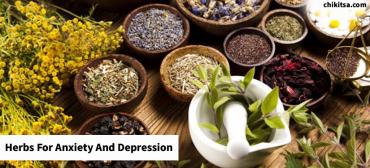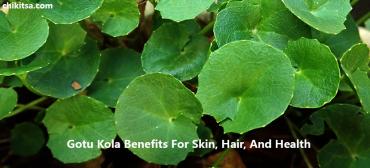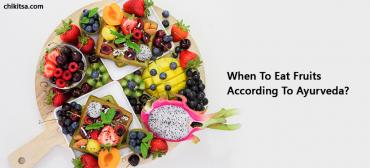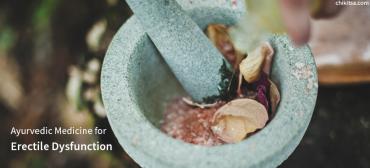The Truth About Sugar

We enjoy the sweetness with fruits, honey, and extracts of grains, herbs, vegetables, trees, and grasses. All these products contain sugar in different forms. Sugar provides instant energy and a concentrated source of calories. Consuming too much sugar may cause obesity, Tooth decay, and other health problems. Sugar contains about four calories per gram and the average consumption of a person is over 45 Kg. per year.
Chemists have created artificial sweeteners to meet the demand for sweet alternatives to sugar. Refined sugar, also known as white sugar or granulated sugar is the most preferred sweetener. It has many functions in food other than providing sweetness like raising yeast, aids in the structure of cakes.
Sugars or saccharides are the building blocks of "carbohydrates, monosaccharides, disaccharides, and polysaccharides". The monosaccharides glucose, fructose, and galactose are composed of one sugar molecule. Glucose and fructose are abundant in fruits, honey, and processed foods. Galactose is found only in milk.
Disaccharides are formed from two simple sugar units.
- Sucrose, a disaccharide comes from sugar beets or sugar cane and is more commonly known as table sugar. It is the most abundant sugar in nature, important for its palatability, availability, low cost, and simplicity of production. Additional products made from the refinement process are molasses, brown sugar, and confectioners sugar.
- Lactose is referred to as milk sugar. It is made of two simple sugars glucose and galactose.
- Maltose, which is composed of two glucose units, is the result of the fermentation of the starch in grains by yeast or enzymes.
The polysaccharide family includes starch, cellulose, pectin, and glycogen. Cellulose and are found in plants. The storage form of glucose for humans and animals is called glycogen. Carbohydrates, regardless of the form, are important for providing energy (Calories) to the body and other nutrients.
1. Corn Syrup
Corn syrup is a glucose derivative of corn starch, popular in the brewing, canning, and baking industries It is much sweeter than sucrose, allowing less of it to be used, and is the main nutritive sweetener in the soft drink industry.
2. Sugar Alcohols
Sugar alcohols are Mannitol, sorbitol, and maltitol, which occur naturally in fruits. Sugar alcohols add bulk and texturizing to food such as chewing gum and hard candies. They are metabolized by the body more slowly than sucrose; they are useful in foods for people following special diets, such as a diabetic diet.
Alternative Sweeteners
Alternative sweeteners are essentially calorie-free and at least 30 times sweeter than sucrose. There are currently three alternative sweeteners approved for use in the United States: saccharin, acesulfame-K, and aspartame. Cyclamates were considered safe for use at one time but were banned in the1970s.
1. Saccharin
Saccharin actually is a petroleum derivative that is 200 to 700 times sweeter than sucrose. It is sold as a white powder and used in a variety of foods such as beverages, jams, and baked items. It has a bitter aftertaste at high concentrations. Despite controversy over its safety, it remains on the generally-recognized-as-safe (GRAS)
2. Aspartame
Commercially available under brand names: Equal, Nutrasweet, and Spoonful. Aspartame is composed of two naturally occurring amino acids, phenylalanine, and aspartate. Aspartame has a flavor similar to sucrose and 200 times sweeter than sucrose without any aftertaste. After nearly two decades of safety testing, aspartame was approved by the FDA in 1981 for use in a variety of products. In July 1993, approval was made for use only in hard and soft candies, baked goods non-alcoholic beverages, and malt beverages. Products that contain aspartame must carry a warning to people with phenylketonuria, a rare genetic disorder that prevents proper metabolism of phenylalanine. Unlike the other alternate sweeteners, aspartame contributes calories, but the amount is so small that its caloric value is insignificant
3. Acesulfame-K
It is similar to aspartame in sweetening power and costs less. It was approved by the Food and Drug Administration (FDA) in 1988 for limited use in products such as chewing gums and dry beverage
4. Cyclamates
Cyclamates are 30 times sweeter than sugar with little aftertaste and are heat stable. Cyclamate was banned in the U.S. in 1970 after a study where it was fed to rats in combination with saccharin implicated it as a possible cancer-causing agent. (Subsequent research failed to replicate this finding.) Cyclamates have been pending re-approval by the FDA since 1982.
Herbal Sweeteners
1. Licorice Root
Licorice root is one of the most commonly used herbs in the world. No serious adverse reactions have been published about it. A single chemical extract: Glycyrrhizin from licorice root causes the blood level of the chemical to rise dramatically. It is wise to avoid excessive and long-term use of licorice root. Many herbalists believe that long-term use can cause water retention and hypertension. Licorice root is safe for diabetics and best used in small amounts to give herbal teas a sweet taste.
2. Stevia
Stevia rebaudiana is the sweet herb of Rio Monday in highlands (Paraguay) is gaining importance as a natural herbal sweetener. It is an unapproved food additive and yet not affirmed as GRAS in America. Its use is restricted as a Food supplement. It is a perennial small shrub cultivated in Paraguay, Brazil, Japan, and China. Its leaves contain 6-7%of Stevioside, which is 300 times sweeter than sugar and 100%calory free. It is reported Fresh leaves are 30 times sweeter than table sugar. In Paraguay and Brazil Stevia is widely touted as a remedy for Diabetes. Japanese have found Stevia extract as safe and now, incorporate it in many food products, like ice creams, candies, pickles, and soft drinks. In Paraguay Stevia, leaves have been used for a long time as a general sweetening agent. The uses of this Non-caloric Sweetener will open new avenues in food and herbal medicine as an alternative source of natural sugar.










